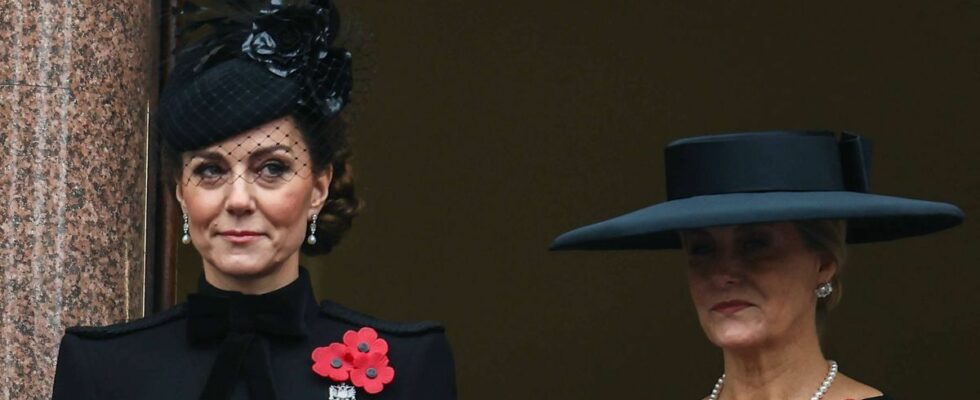Published on
updated on
Reading 2 min.
in collaboration with
Dr Gérald Kierzek (Medical Director of Doctissimo)
Two months after the end of her chemotherapy, Kate Middleton appeared publicly this weekend, for the Festival of Remembrance. But the features drawn from the princess fueled the comments. Far from the crazy theories found on the web, Dr Gérald Kierzek explains what could have caused the young woman to age in her recent past.
Dressed all in black and displaying the famous poppy, emblem of remembrance of those killed in the war, Kate Middleton appeared publicly this weekend of November 9-10 for the Festival of Remembrance. His presence thus formalized his return to public life, two months after the announcement of the end of his chemotherapy.
Disparaging remarks about his aged physique
Contrary to custom, however, it was not the elegance of the princess nor her role that was commented on this time, but her appearance. The 42-year-old young woman appeared with more marked features, a more tired complexion than before. A detail which did not escape the spectators and which even earned a famous British TV columnist several disparaging remarks. “Isn’t she only 42? Is she a smoker? This is the only explanation” she hastened to conclude on the X network.
And when the community reminded her that she was still coming out of cancer treatment, she continued her idea: “My brother had cancer… He didn’t age like that”. An inelegant (and unfounded) intervention which did not fail to shock the web.
Why did Kate Middleton change her appearance?
If the Princess of Wales did indeed present a more marked face than usual, there are several logical and possible reasons, as revealed to us by Dr Gérald Kierzek, medical director of Doctissimo.
“Tobacco is indeed a major factor in premature aging of the skin. It causes a grayish complexion, oily skin with microcysts, and deep wrinkles, particularly around the mouth.” he begins to respond to the columnist. But in Kate Middleton’s case, other factors seem more likely.
- Stress : chronic but also acute stress (surgery, upset at the news of illness, etc.) releases cortisol in the body, which causes an inflammatory reaction and makes the skin more sensitive. It also increases the production of free radicals, thus accelerating cellular aging;
- Lack of sleep. Lack of sleep causes a spike in cortisol, the stress hormone, which impairs the production of collagen essential for skin firmness;
- An unbalanced diet easily imaginable after abdominopelvic surgery, in particular diet poor in antioxidants and essential fatty acids can also contribute to skin aging;
- Chemotherapy itself. Chemotherapy can have significant effects on the skin, due to its action on rapidly growing cells (dryness and irritation, effects of certain targeted therapies, changes in skin color, slowed healing, etc.). Most skin reactions appear within the first weeks of treatment. They are usually temporary and improve after chemotherapy ends, although some changes may be permanent.
Finally, changes in complexion can also accompany certain cancers.
So many legitimate reasons and traces of a journey against the illness which has punctuated the life of the princess in recent months. And who probably doesn’t need to have to justify the color of their complexion.

